Holocaust Heroine

Ireny Sendlerowej
(English : Irena Sendler)
Irena Sendler (February 15, 1910 – May 12, 2008) was a Polish social
worker.
This is the story of an incredible woman and her amazing gift to mankind.
Irena Sendler. An unfamiliar name to most people, but this remarkable woman
defied the Nazis and saved 2,500 Jewish children by smuggling them out
of the Warsaw Ghetto. As a health worker, she sneaked the children out
between 1942 and 1943 to safe hiding places and found non-Jewish families
to adopt them.
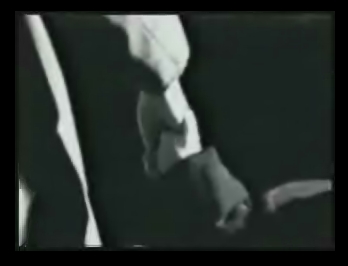 

During World War II she was an activist in the Polish Underground and
the Zegota Polish anti-Holocaust resistance in Warsaw. She helped save
2,500 Jewish children from the Warsaw Ghetto by providing them false documents
and sheltering them in individual and group children's homes outside the
Ghetto.
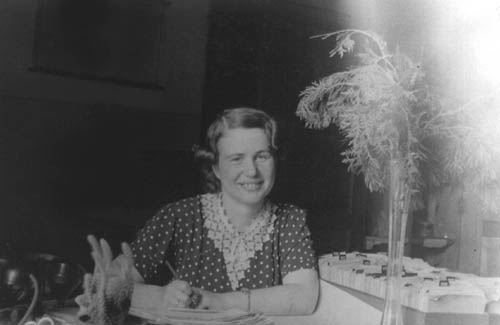
Elzbieta Ficowska was a 5-month-old baby when a woman working for Sendler
rescued her in July, 1942. The rest of her family died in the ghetto. "It
was at the last moment, just before the ghetto uprising," Ficowska said
with tears in her eyes. "If it were not for Irena (Sendler) I would not
be here with you." Ficowska showed the students a silver spoon that her
parents had engraved with her name and date of birth, that was carried
out with her.
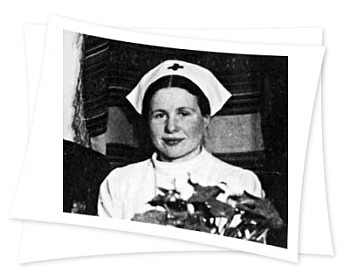
"This is my ID card," said Ficowska, who was placed in the care of a
Polish woman who became her adoptive mother.
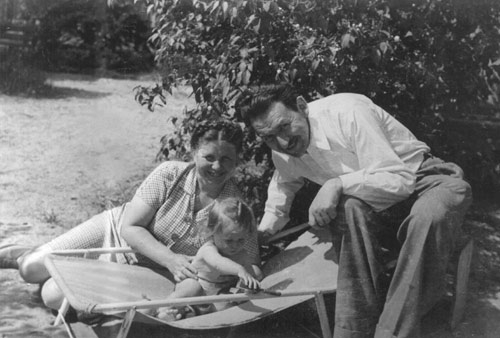
During the World War II German occupation of Poland, Sendler lived in
Warsaw (before that she lived in Tarczyn) while working for the city's
Social Welfare Department. Under the pretext of conducting inspections
of sanitary conditions during a typhoid outbreak, Sendler visited the ghetto
and smuggled out babies and small children in ambulances and trams, sometimes
disguising them as packages. She started helping Jews a long time before
the Warsaw Ghetto was established. Helping Jews was very risky — in German-occupied
Poland, all household members were punished by death if a hidden Jew was
found in their house. This punishment was more severe than those applied
in other occupied European countries.
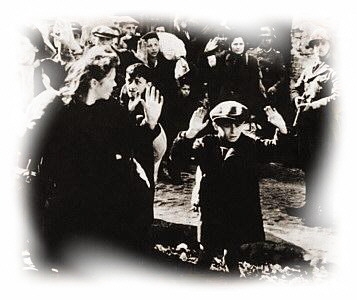
In December 1942, the newly created Children's Section of the Zegota
(Council for Aid to Jews), nominated her (under her cover name Jolanta)
to head its children's department. As an employee of the Social Welfare
Department, she had a special permit to enter the Warsaw Ghetto, to check
for signs of typhus, something the Nazis feared would spread beyond the
ghetto. During the visits, she wore a Star of David as a sign of solidarity
with the Jewish people and so as not to call attention to herself.

She cooperated with the Children's Section of the Municipal Administration,
linked with the RGO (Central Welfare Council), a Polish Relief Organization
tolerated under German supervision. She organized the smuggling of Jewish
children from the Ghetto, carrying them out in boxes, suitcases and trolleys.
The children were placed with Polish families, the Warsaw orphanage of
the Sisters of the Family of Mary or Roman Catholic convents such as the
Sisters Little Servants of the Immaculate Conception of the Blessed Mary
at Turkowice and Chotomów. Some were smuggled to priests in parish
rectories where they could be further hidden. She kept lists of the names,
hidden in jars, in order to keep track of their original and new identities.
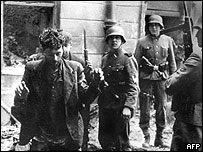 
Persuading parents to part with their loved ones
was particularly traumatic. Mrs Sendlerowa could
give no guarantee the child would survive.
The Nazis became aware of Irena's activities, and on October 20,
1943 she was arrested, imprisoned and tortured by the Gestapo, who broke
her feet and legs. She ended up in the Pawiak Prison, but no one could
break her spirit. Though she was the only one who knew the names and addresses
of the families sheltering the Jewish children, she withstood the torture,
that crippled her for life, refusing to betray either her associates or
any of the Jewish children in hiding. The Zegota saved her by bribing
the German guards on the way to her execution. She was left in the woods,
unconscious and with broken arms and legs. She was listed on public bulletin
boards as among those executed. Even in hiding, she continued her work
for the Jewish children.

After the war she dug up the jars and used the notes to track
down the 2,500 children she placed with adoptive families and to reunite
them with relatives scattered across Europe. But most lost their families
during the Holocaust in Nazi death camps. The children had known her only
by her code name Jolanta. But years later, after she was honored for her
wartime work, her picture appeared in a newspaper. "A man, a painter, telephoned
me," said Sendler, "`I remember your face,' he said. `It was you who took
me out of the ghetto.' I had many calls like that!"
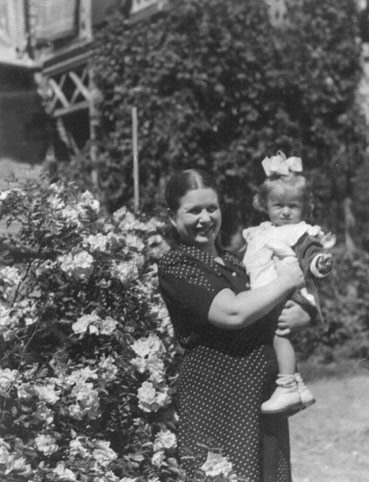
She has been honored by international Jewish organizations - in 1965
she accorded the title of Righteous Among the Nations by the Yad Vashem
organization in Jerusalem and in 1991 she was made an honorary citizen
of Israel.
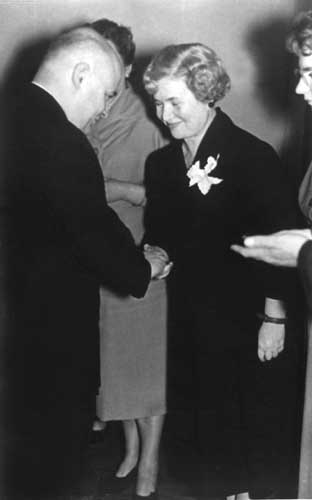
Irena Sendler was awarded Poland's highest distinction, the Order of
White Eagle, in Warsaw Monday Nov. 10, 2003, and she was announced as the
2003 winner of the Jan Karski award for Valor and Courage.
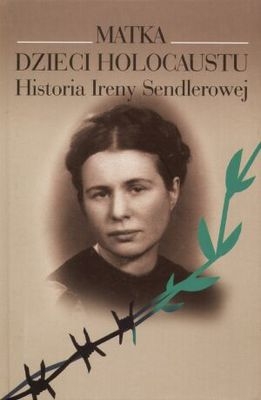
Sendler was nominated for the Nobel Peace Prize in 2007,
but lost to Al Gore, former Vice President of the United
States,
and the Intergovernmental Panel on Climate Change.

Irena Sendler, Warsaw, February 2007, aged 98
Born February 15, 1910, Warsaw, Poland
Died May 12, 2008 (aged 98), Warsaw, Poland
Occupation Social worker. Humanitarian.

  
Web Resources & Credits :
http://en.wikipedia.org/wiki/Irena_Sendler
http://www.auschwitz.dk/Sendler.htm
http://www.irenasendler.org/gallery/Irena26.jpg |